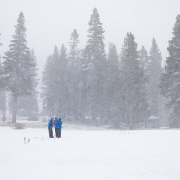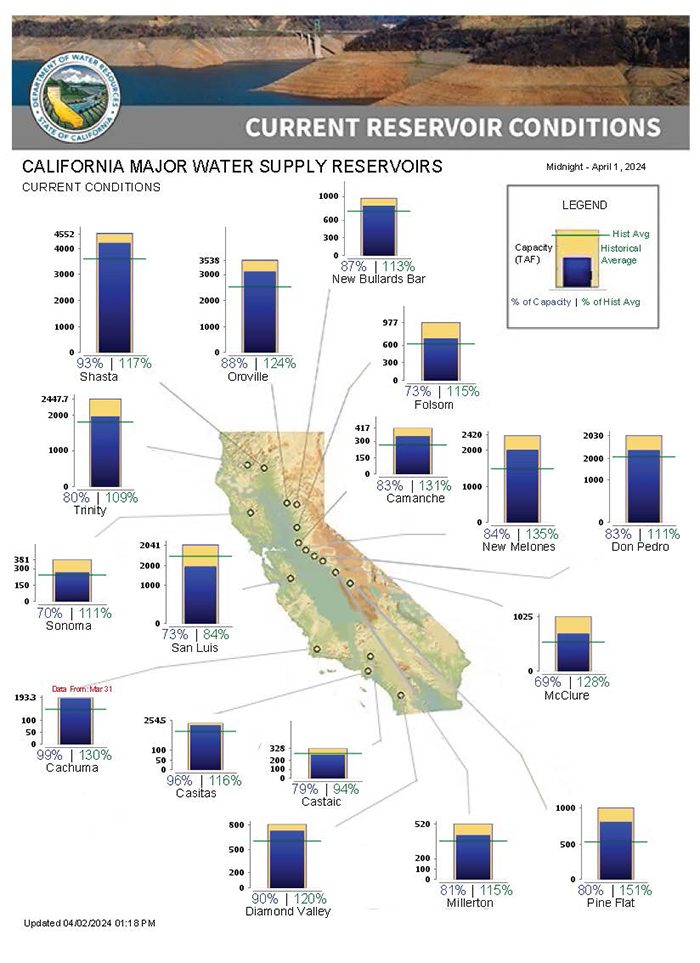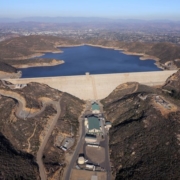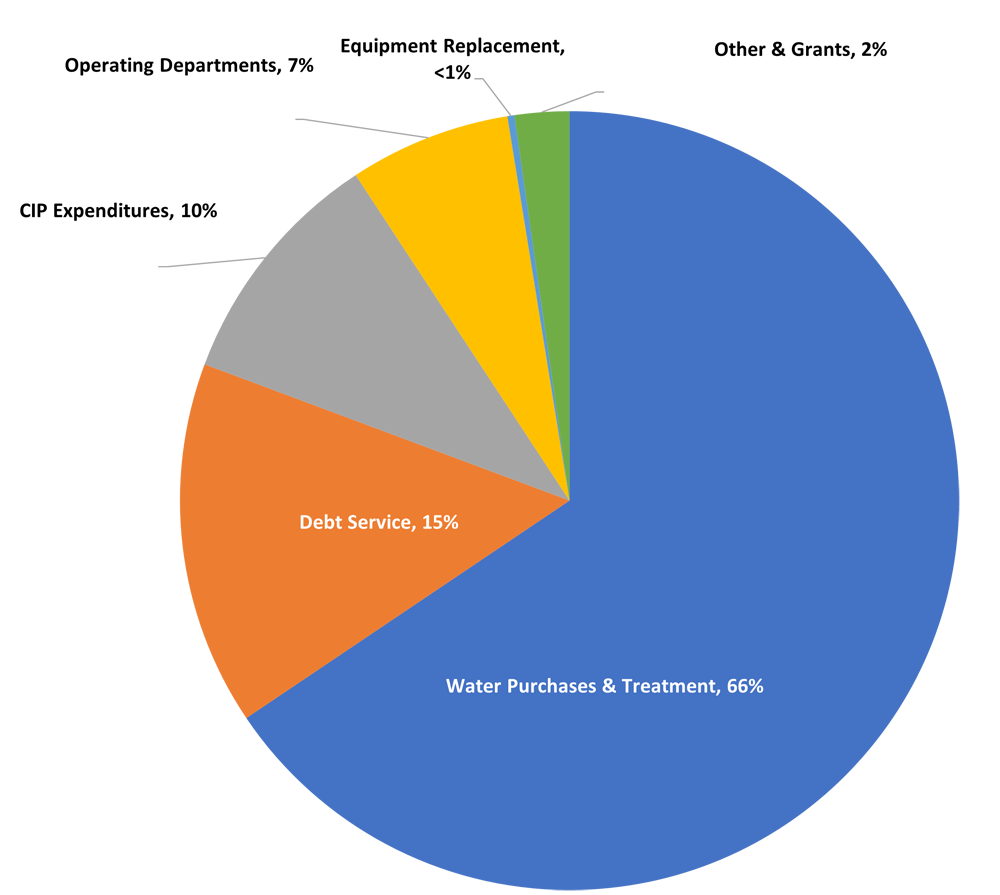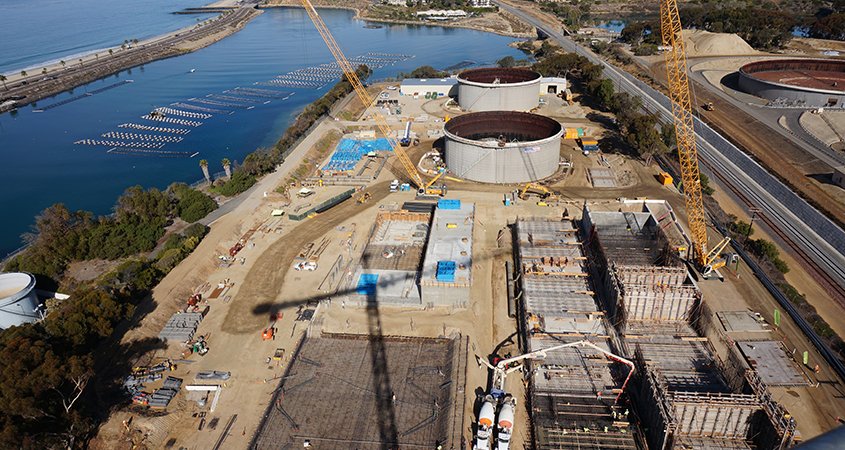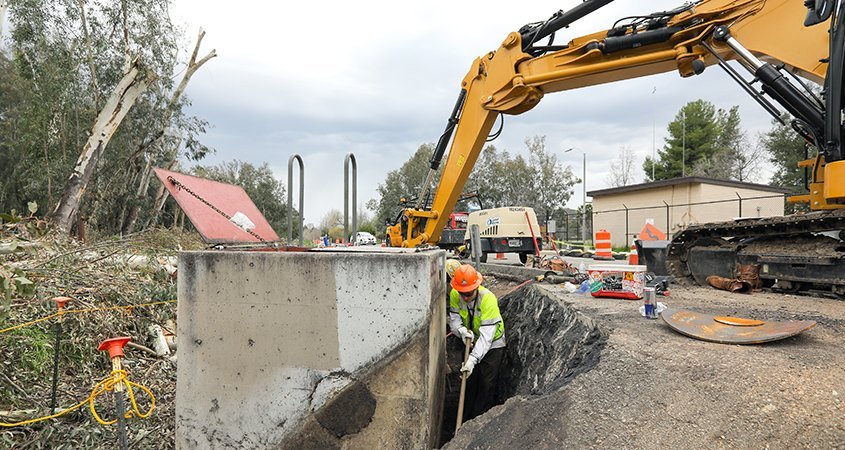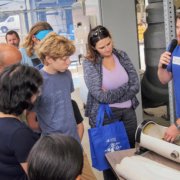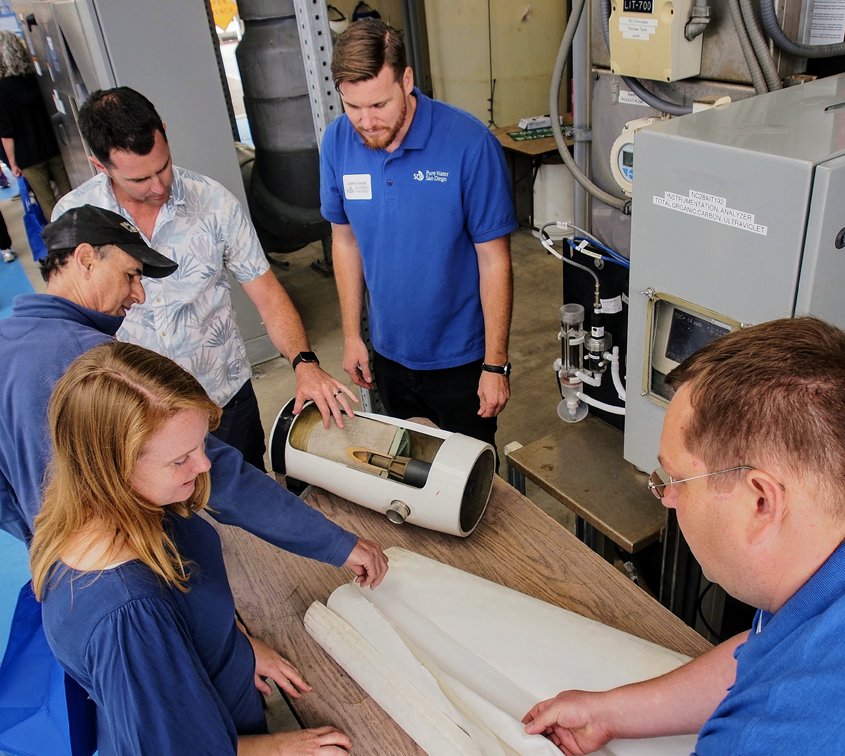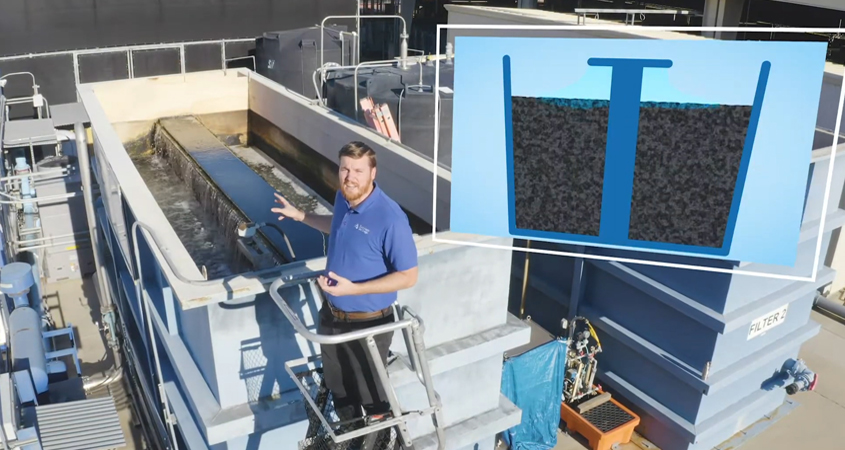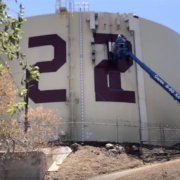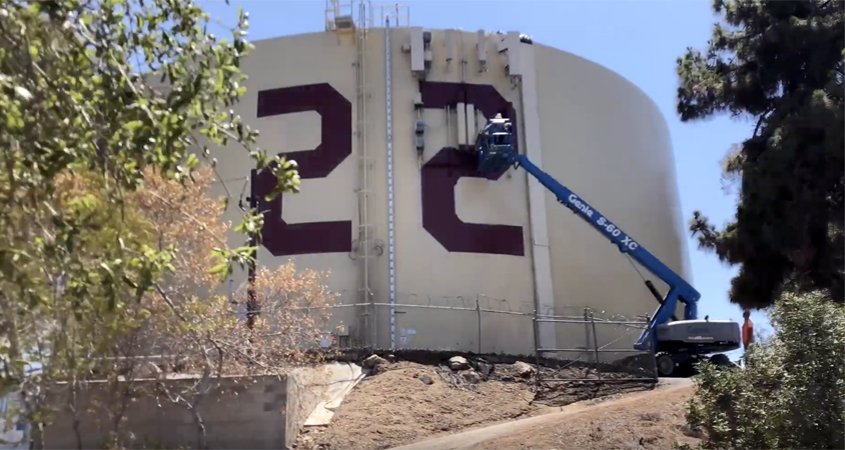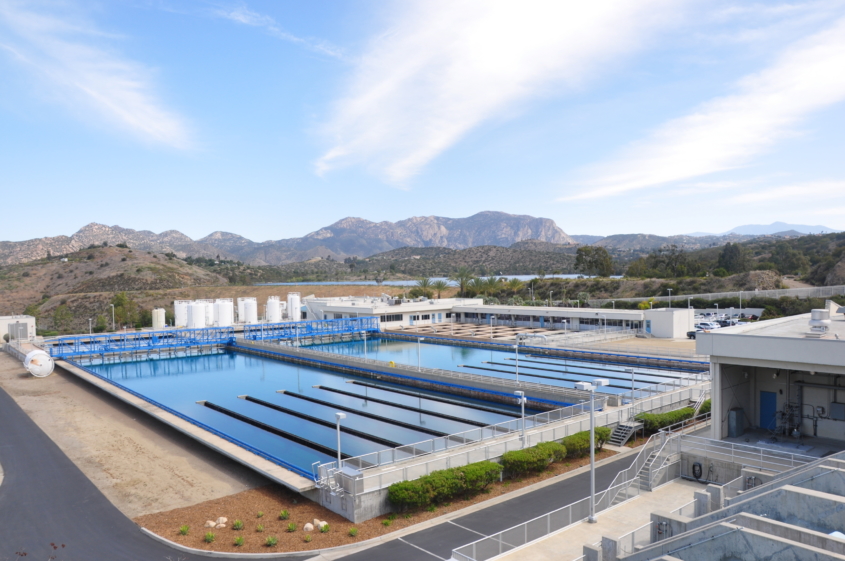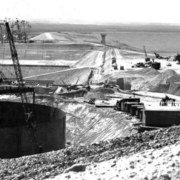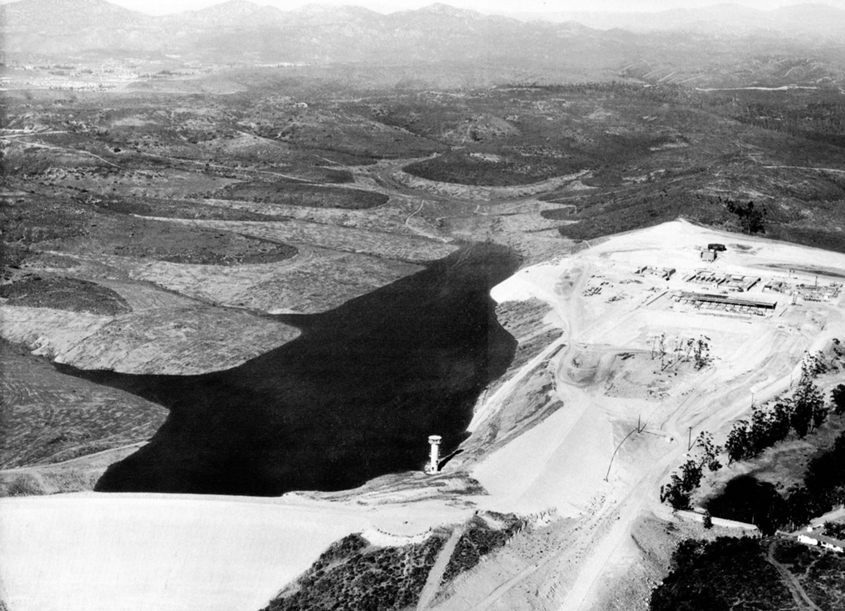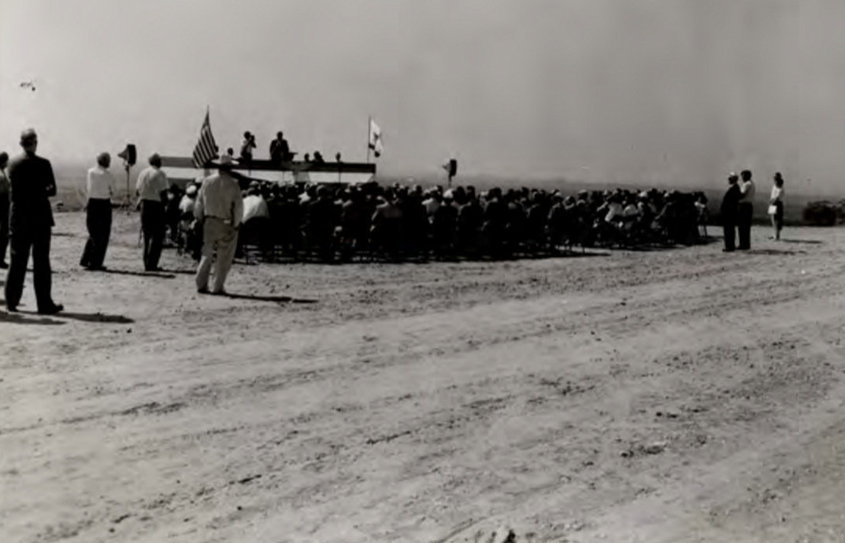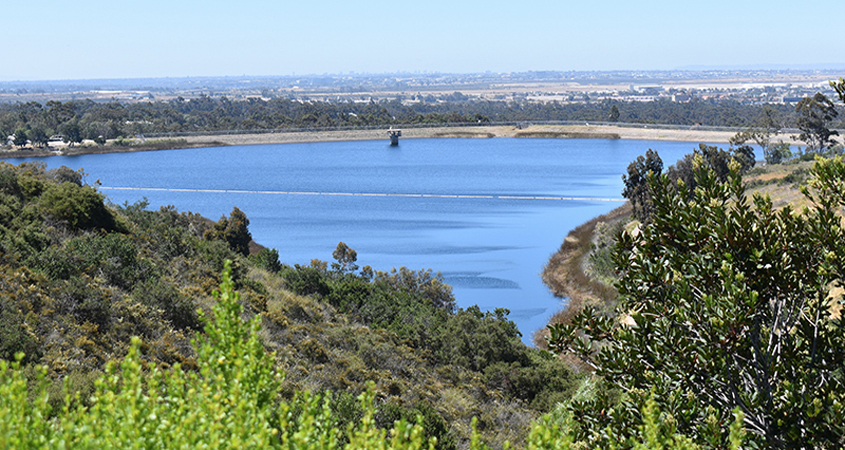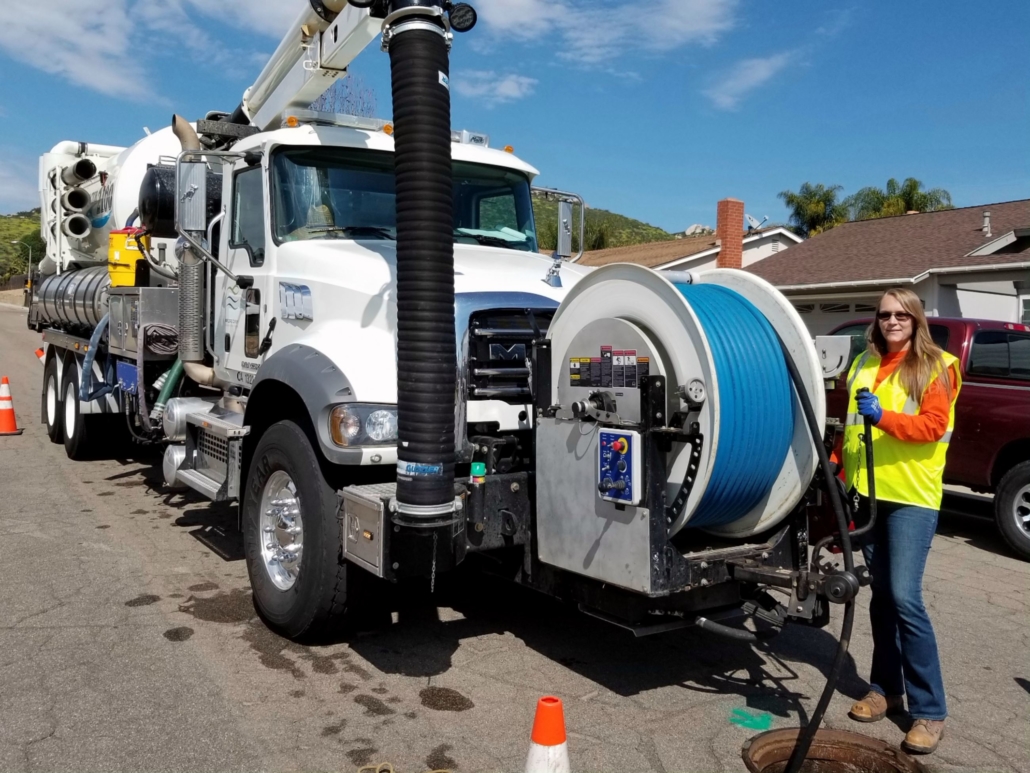Snowpack Dips Well Below Average in Second Snow Survey of Season
Dry weather in January led to a reduced snowpack in the California Department of Water Resources (DWR) second snow survey of the 2025 season at Phillips Station in the Sierra Nevada.
The snow water equivalent measures the amount of water in the snowpack and is a key component of DWR’s water supply forecast. The snow survey takes place approximately 90 miles east of Sacramento off Highway 50 in El Dorado County. Statewide, the snowpack is 65 percent of the average for this date.
Extremely Dry Conditions in January Put Dent in Early Season Start
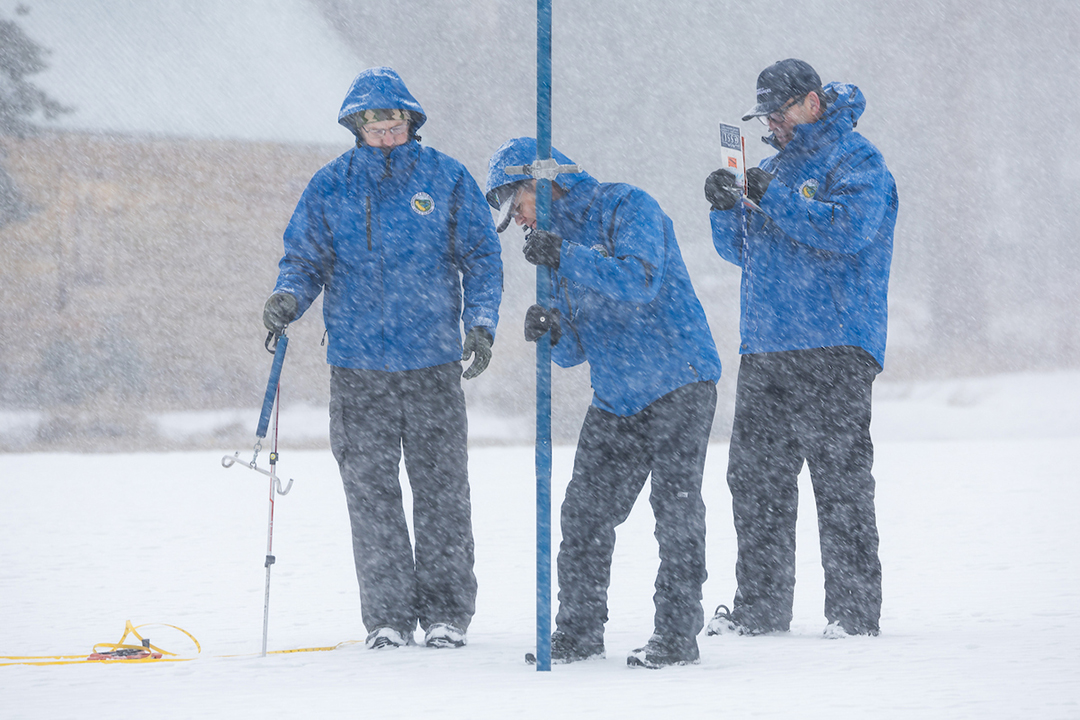
(L to R): Anthony Burdock, Water Resources Engineer, Andy Reising, Snow Surveys and Water Supply Forecasting Unit Manager, and Chan Modini, Water Resources Engineer, conducted the second media snow survey of the 2025 season at Phillips Station in the Sierra Nevada on January 31, 2025. Photo: Xavier Mascareñas, California Department of Water Resources
On January 1, the statewide snowpack was 108 percent of average after a series of large storms in November and December boosted snow totals. An excessively dry January has pushed the Northern Sierra back to near average, the Central Sierra to 58 percent of average, and has led the Southern Sierra Nevada to fall to under 50 percent of average.
“Despite a good start to the snowpack in the Northern Sierra in November and December, we can look back as recently as 2013 and 2021 to show how quickly conditions can change for the drier,” said DWR Director Karla Nemeth. “California missed out on critical snow-building storms in January which has pushed the state down below average for this time of year.
“While we are excited to see some storm activity in the coming days, sustained periods of no precipitation can dry the state out very quickly. For each day it’s not snowing or raining, we are not keeping up with what we need.”
Although forecasts show storm activity may pick up this month, large early-season snow totals do not guarantee the state will reach average or above-average water supply totals.
Effective Water Management Keeps Statewide Reservoirs Near or Above Average
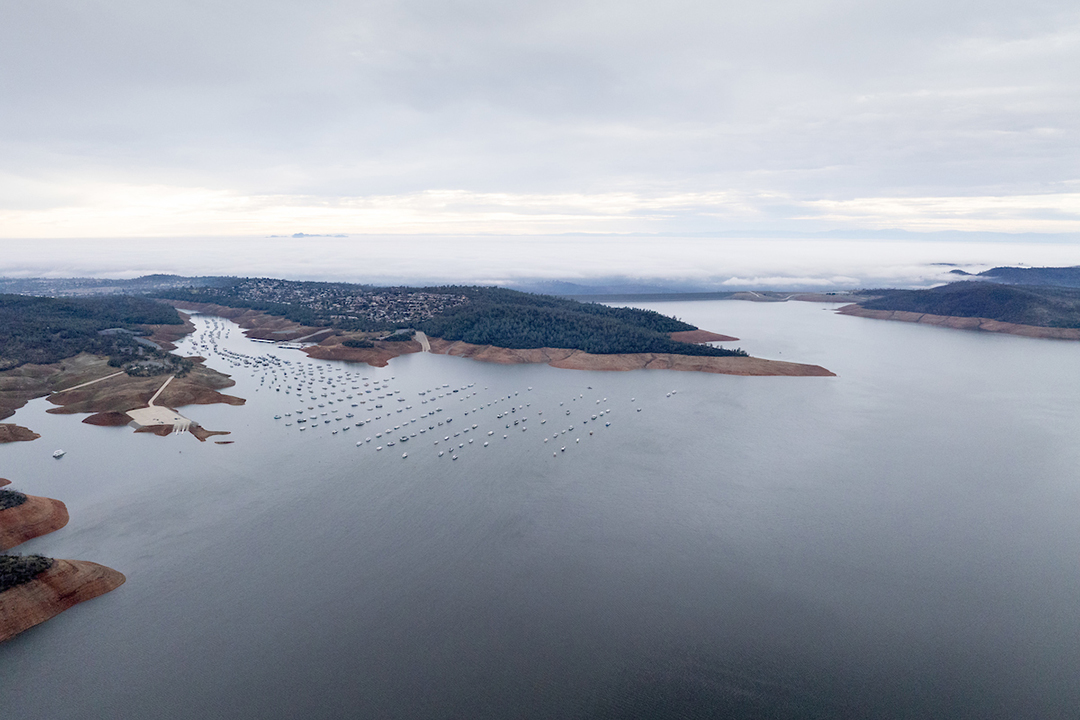
A drone view of Loafer Point Stage 2 Boat Ramp and Bidwell Canyon Marina at Lake Oroville in Butte County, California in late December. The water storage was 2,008,215 acre-feet (AF), 59 percent of the total capacity. Photo: Ken James, California Department of Water Resources
California has effectively managed its reservoirs to keep storage above average for this time of year. Lake Oroville, the State Water Project’s largest reservoir, is currently at 126 percent of average for this time of year. San Luis Reservoir, which is jointly operated by the U.S. Bureau of Reclamation, is at 101 percent of average for this time of year.
Reservoirs in Southern California are also near or above their historical averages.
Measuring California’s snowpack is a key component of managing its water supplies. The data and measurements collected help inform water supply and snowmelt runoff forecasts which help water managers plan for how much water will eventually reach state reservoirs in the spring and summer.
This information is also key in calculating State Water Project allocation forecasts each month.
Despite some recent rain, Southern California, including San Diego County, has still experienced well below-average precipitation in the current water year.
On average, California’s snowpack supplies about 30 percent of California’s water needs. Its natural ability to store water is why California’s snowpack is often referred to as California’s “frozen reservoir.”
The next survey is tentatively scheduled for February 28. For California’s current hydrological conditions, visit https://cww.water.ca.gov

